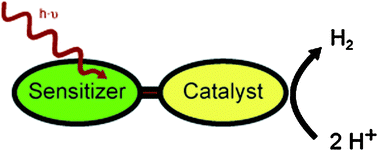In vitro hydrogen production—using energy from the sun
Abstract
Using solar energy to produce molecular hydrogen is a promising way to supply the civilization with clean energy. Nature provides the key components to collect solar energy as well as to reduce


 Please wait while we load your content...
Please wait while we load your content...